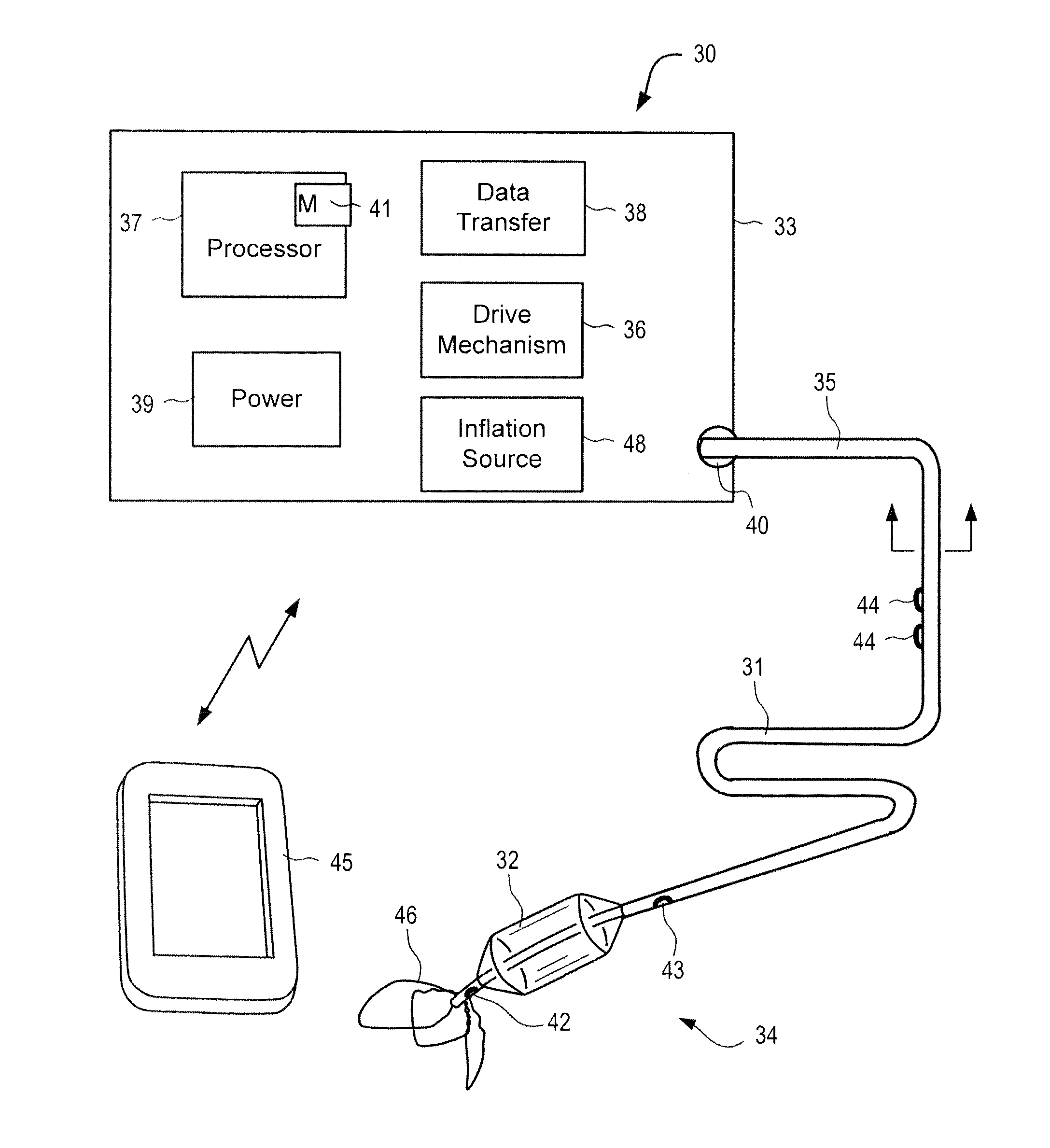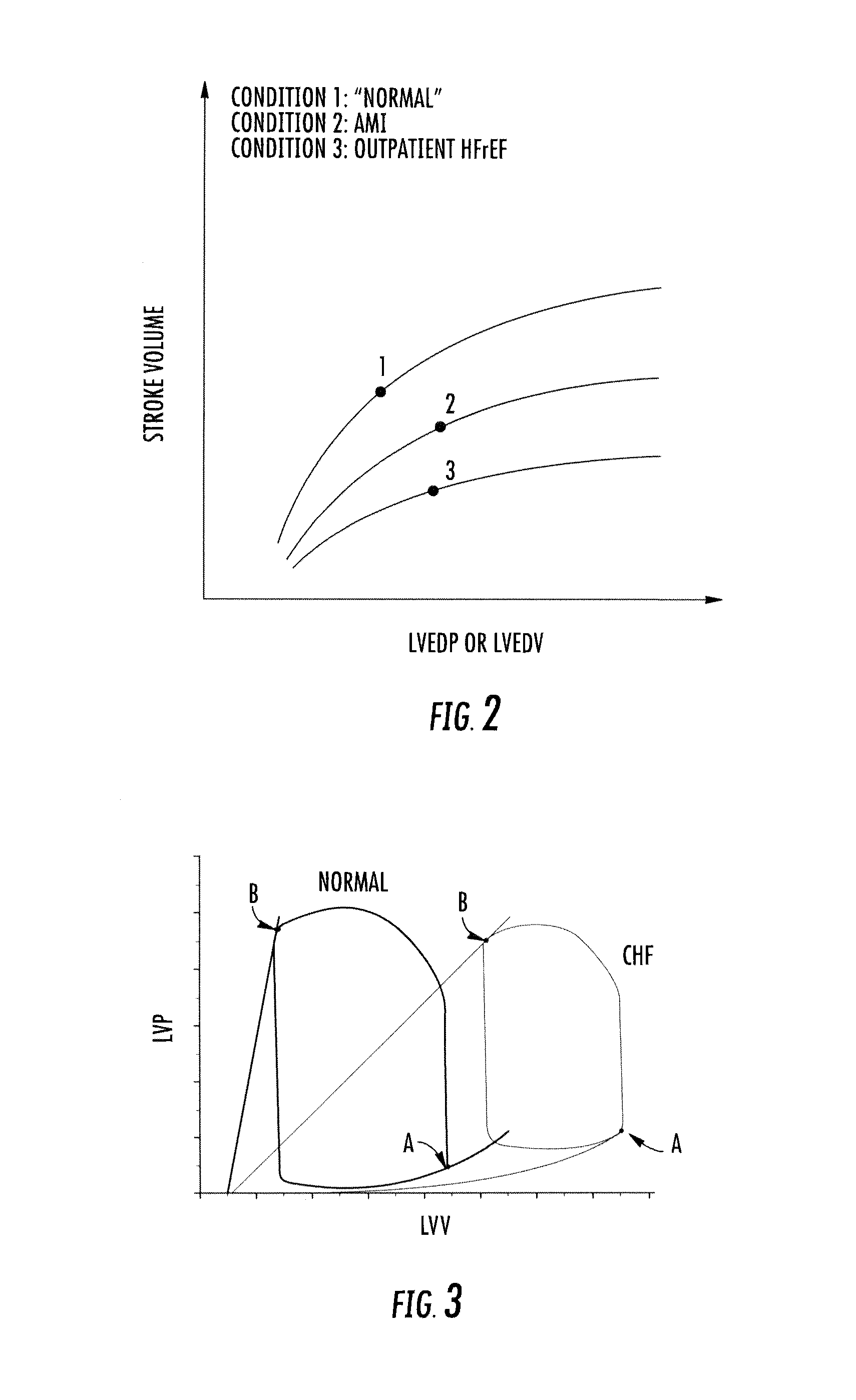Systems and methods for treating acute and chronic heart failure
a system and heart failure technology, applied in the field of systems and methods for treating acute and chronic heart failure, can solve the problems of multiple long-term hospital admissions, bleak long-term prognosis of such patients, and major causes of global mortality, so as to reduce the risk of exacerbating co-morbidities, improve quality of life, and reduce the effect of ventricular overload
- Summary
- Abstract
- Description
- Claims
- Application Information
AI Technical Summary
Benefits of technology
Problems solved by technology
Method used
Image
Examples
Embodiment Construction
[0042]Referring to FIGS. 1A and 1B, the human anatomy in which the present disclosure is designed for placement and operation is described as context for the system and methods of the present disclosure.
[0043]More particularly, referring to FIG. 1A, deoxygenated blood returns to heart 10 through vena cava 11, which comprises superior vena cava 12 and inferior vena cava 13 coupled to right atrium 14 of the heart. Blood moves from right atrium 14 through tricuspid valve 15 to right ventricle 16, where it is pumped via pulmonary artery 17 to the lungs. Oxygenated returns from the lungs to left atrium 18 via the pulmonary vein. The oxygenated blood then enters left ventricle 19, which pumps the blood through aorta 20 to the rest of the body.
[0044]As shown in FIG. 1B, superior vena cava 12 is positioned at the top of vena cava 11, while inferior vena cava 13 is located at the bottom of the vena cava. FIG. 1B also shows some of the major veins connecting to the vena cava, including right ...
PUM
 Login to View More
Login to View More Abstract
Description
Claims
Application Information
 Login to View More
Login to View More - R&D
- Intellectual Property
- Life Sciences
- Materials
- Tech Scout
- Unparalleled Data Quality
- Higher Quality Content
- 60% Fewer Hallucinations
Browse by: Latest US Patents, China's latest patents, Technical Efficacy Thesaurus, Application Domain, Technology Topic, Popular Technical Reports.
© 2025 PatSnap. All rights reserved.Legal|Privacy policy|Modern Slavery Act Transparency Statement|Sitemap|About US| Contact US: help@patsnap.com



